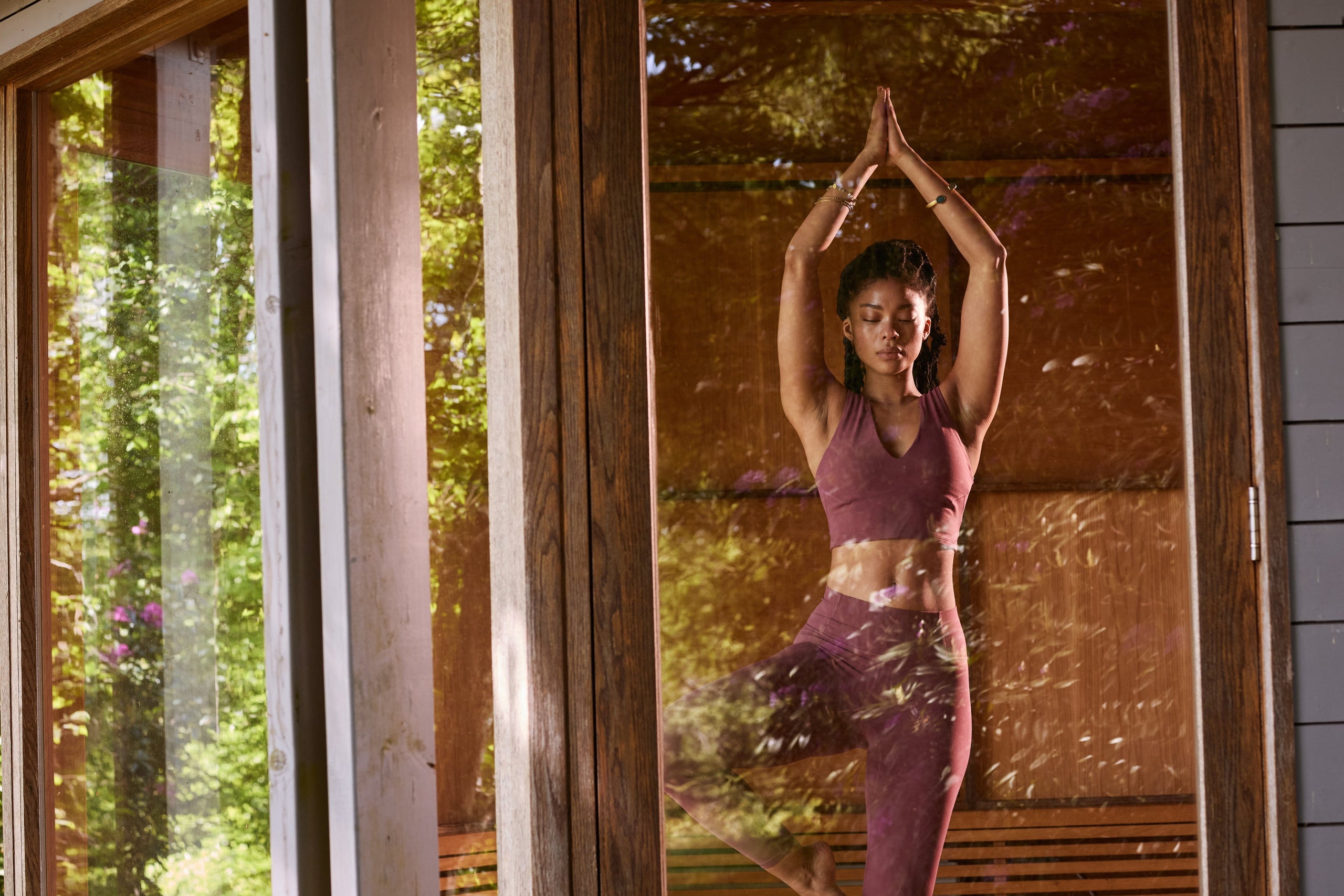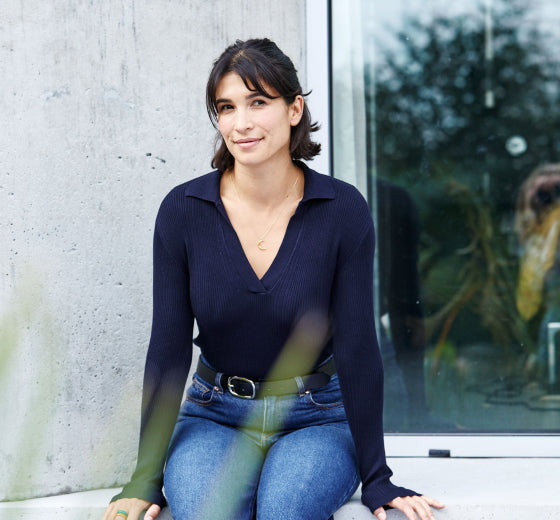
This is what movement looks like: Reframing fitness for real life
5 Min read
Life got busy - fast.
Today's world can feel pretty overwhelming at times. Complex wellness protocols and morning routines which last for…. well, hours. Cooking everything from scratch, following your passion, working smart, hustling hard, being a connected parent and a loving partner, taking care of the planet, socialising with friends, remembering to stay calm amongst it all with nervous system resets, standing up for things you believe in… oh and we’re also supposed to smash 4 workouts a week too.
There’s no doubt that movement brings huge benefits, especially when it comes to helping us cope with the stress of trying to do it all. But with the rise of wellness culture and social media's polished images of fitness, it’s all started to feel a little… unrealistic. For some, that’s motivating. For others, it’s completely out of reach.
Because real life doesn’t always come with great lighting, an elite home gym and a free hour to train. And when we’re being pulled in every direction, it’s worth asking: Is there another way to look at movement for everyday life?

Movement; It’s How We’re Designed
When everything feels a bit much, sometimes the most powerful thing we can do is zoom out and simplify. And from an evolutionary standpoint, our bodies were simply made to move.
Our ancestors walked for miles each day to gather, forage, and hunt. They squatted to cook, carried children and firewood, climbed, dug, lifted, and built. Movement wasn’t a workout, it was survival. And just as they moved with purpose, they rested with purpose too, conserving precious energy when needed, in line with the natural rhythms of their environment. Dan Buettner’s research into the world’s longest-living communities, the Blue Zones, shows that functional movement like this, woven throughout the day, is one of the biggest contributors to health and longevity.
Fast forward and we live in a world that encourages, and sometimes enforces us to sit still. Cars, trains, desks, oh-so-comfy sofas - it’s never been easier to be sedentary. In fact, recent studies show that adults in the UK spend an average of 9+ hours a day seated, a far cry from our evolutionary design.
The cosmic humour in this? We design entire gyms and fitness classes to replicate what was once just… life. And while there’s nothing wrong with a great class (Hyrox, yoga, Pilates, strength training, we love them all), we also need to remember: movement isn’t just how we exercise, it's how we live.

Why Movement Matters (At Every Dose)
Regular movement supports pretty much every system in the body;
-
Cardiovascular health (still the leading cause of death in women worldwide)
-
Lymphatic flow, which helps with detoxification
-
Muscle and bone health, essential for metabolism as well as strength to age well
-
Mental health, mood regulation, and better sleep - a biggy for busy lives
-
Improved immune resilience and cognitive function
Even short periods of movement, like 5 minutes of walking after a meal, can improve blood sugar levels and reduce cardiovascular risk. Another study found that taking a brisk 11-minute walk a day could lower the risk of early death by up to 25%.
The best part? Movement doesn’t have to look a certain way. It just needs to happen - regularly, imperfectly, in real life. Think: messy bun, no makeup, dancing while the pasta boils, chasing kids round the garden, standing desk wiggles, taking a call while walking, getting your heart rate up while tidying the house with headphones in and a solid playlist on. Not glamorous. Not Instagrammable. But it works, feels good and brings a quiet kind of joy.
If movement depends on perfect conditions - time, energy, childcare, a sunny day - it can become harder to do it as often as we'd like. But what can help is shrinking the barrier between you and moving your body, so it's easier to say yes, more often, in ways that fit your life.
Your studio is wherever you are. It’s all movement. And it all matters.

Define fitness for yourself.
Let’s be clear: there’s nothing quite like that feeling after a challenging workout and structured exercise absolutely has its place. The data is strong. Greater intensity and frequency often lead to better outcomes: stronger hearts, better metabolic markers, improved cognition and longevity. For women in particular, building strength is also crucial for bone density, hormone health and resilience through perimenopause and beyond.
But the missing piece is context and your own unique rhythm.
Pushing harder isn’t always the bravest choice. If you’re dragging your exhausted self to another workout purely from guilt or pressure, it might be time to check in: Is this serving me, or depleting me?
There’s a vast difference between movement that nourishes and movement that exhausts. Fitness shouldn’t be another stick to beat yourself with. It should be a tool that supports your life, not steals from it. The magic is in showing up again and again, in whatever way fits your life.
The Kit That Moves With You - In Partnership with Sweaty Betty
Sometimes all it takes is the right support to shift your mindset - and that includes what you wear.
Whether it’s a rolled-out mat in the garage or a soft-lift studio, the Ultimate Studio looks different to everyone. In Sweaty Betty’s pared-back new collection, it’s just about you and the mat. No distractions, no pressure - simply supple softness and gentle support that leaves you to focus on your flow.
Sweaty Betty have been on a global mission to empower women through fitness and beyond since they burst onto the scene as the OG of female-first activewear back in 1998. They know that fitness looks different to everyone. In a world where our to-do lists are endless and the pursuit of perfection is ever present, they encourage women to release themselves from the daily pressure and say: don’t sweat it. Find fitness that fits you, however that looks. Let them obsess over the details, so you can focus on moving. After all, your Ultimate Studio is what you make it.

Redefining Fitness - On Your Terms
So no, this isn’t about lowering the bar. It’s about broadening the definition of what exercise, fitness and movement are. What matters is that it supports your body and life, clears your head, and feels like a celebration of what you can do, not another obligation.
This is what movement looks like: imperfect, intuitive, and entirely yours.
